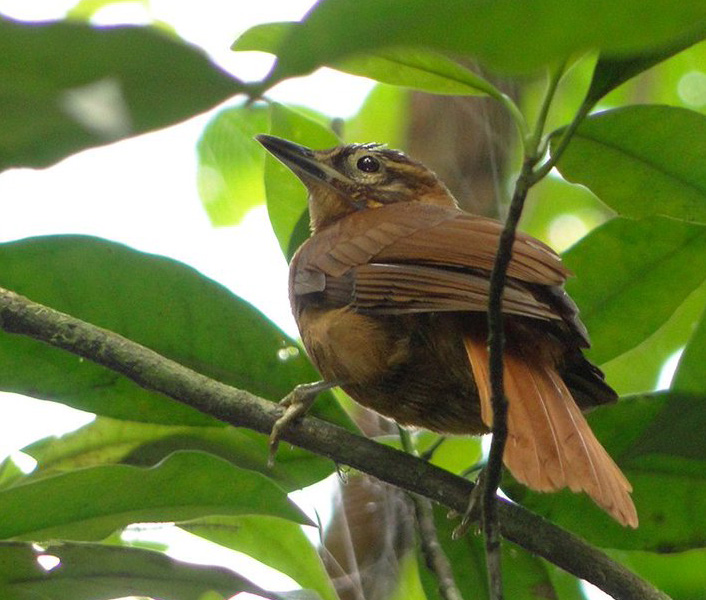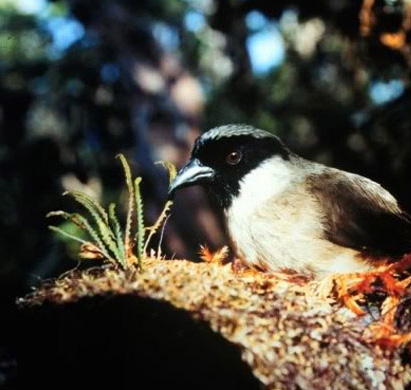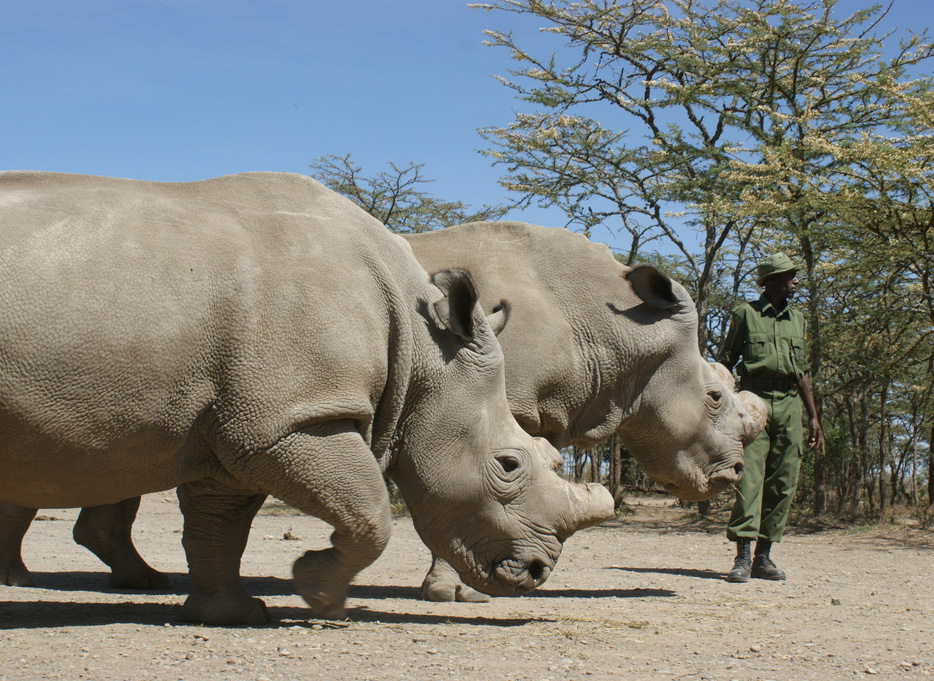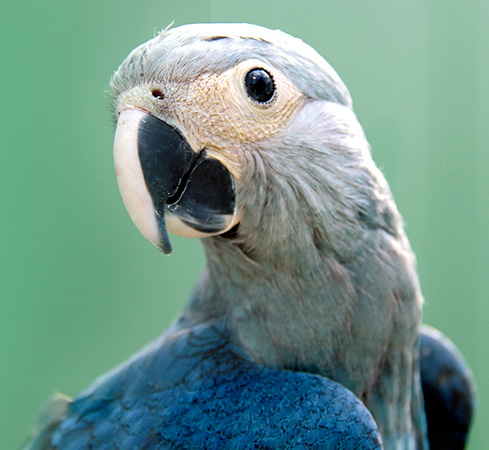Scientists report that we are experiencing the sixth mass extinction event on earth — the first one since the loss of dinosaurs 65 million years ago, the first one caused by humans, and the first one in human history.

In the past year alone, these remarkable and beautiful animals were declared extinct.
Hawaiian tree snail
Hawaiian land snail Achatinellta apexfulva was the first among their kind to be described in Western Science. Since then, more than 750 species of land snails from the Hawaiian Islands were discovered, according to a 2019 article by Russell McLendon for Mother Nature Network. A. apexfulva was driven to extinction by invasive predators including rats, Jackson’s chameleons, and rose wolfsnails, a species originally from Central America that caused the extinction of eight other Hawaiian nail species, as reported by McLendon, and also by Jonathan Kantor in a 2019 piece for WhatCulture.com.

In 1997, 10 of these snails were brought to a laboratory in an attempt to breed and reintroduce them to the wild. Although several offspring were produced in the laboratory, none of them survived, except for George. Unfortunately, George, the last of his kind, died on New Year’s Day of 2019.
Alaogas foliage-gleaner and cryptic treehunter
Alaogas foliage-gleaners and cryptic treehunters were songbirds found in the dense forests of northeastern Brazil, reported McLendon and also Drew MacFarlane in a 2019 article for The Weather Channel. Foliage-gleaners were discovered in 1975 but it took scientists decades to discern that cryptic treehunters were a species of their own.

When deforestation occurred across Brazil as forests were replaced by plantations and pastures, many unique birds lost their home, to be placed in the “Critically Endangered” category, according to a 2018 article by Patrick Barkham published in The Guardian.
According to the International Union for Conservation of Nature (IUCN), cryptic treehunters were last seen in 2007 and foliage-gleaners in 2011. They were declared extinct in September 2018.
Po’ouli
The Po’ouli or black-faced honeycreeper was found on the island of Maui. Based on a 2004 news article on NBC News, the species was discovered in 1973 by a group of University of Hawaii students who described the bird as small and brown, with a partial black face akin to a bandit’s mask. They were the only Hawaiian forest birds to have native tree snails as their main source of food — so unique that they had their own genus.

There were numerous factors that led to the Po’ouli’s extinction, including the introduction of predators such as rats, cats, and mongoose; loss of their habitat due to feral pigs; and the population decline of their main food source, native tree snails, on top of competition with other predators of the snail.
The last Po’ouli in the wild was seen in 2004, while the last one in captivity died in the same year. Eric VanderWerf of the Fish and Wildlife Service once said, “We’ll never have another one like it if it disappears. I kind of like it in some way to the loss of the Mona Lisa or the Sistine Chapel. If we lost that, we could never get it back.”
Northern White Rhino
The northern white rhino used to live in Saharan Africa. However, their population declined largely due to poaching, what with the high demand for their horns, the prices of which were said to reach as high as $50,000.
They were usually shot from a distance and their horns removed, their carcasses left behind in the desert.

The last three remaining northern white rhinos were kept in wildlife sanctuaries in Kenya. But on March 19, 2018, the last male died. They are then said to be “Functionally Extinct” — the last two females of the species live, but there are no hopes of them reproducing more of their kind, according to Kantor.
Spix’ Macaw (Extinct in the wild)
Possibly the most high-profile animal on this list, the Spix’s macaw was recently declared as extinct in the wild. They were vibrant blue parrots native to Brazil who became well-known after starring in 20th Century Fox’s animated film, Rio, released in 2011.

Their population in the wild dwindled after a dam was created, their habitats deforested, and their species trapped for illegal pet trade, said Jake Massey in a 2019 LADbible article. Bird Life International estimates that only 60 to 80 of these beautiful birds remain living, but in captivity. The last sighting of a Spix’s macaw in the wild was in 2016.
This appeared in Animal Scene magazine’s April 2019 issue.





